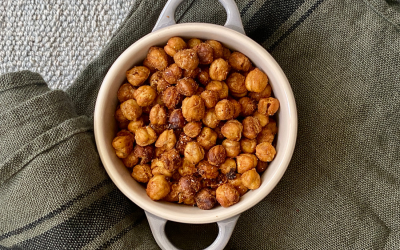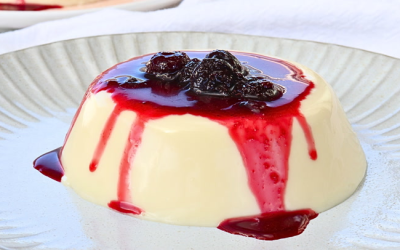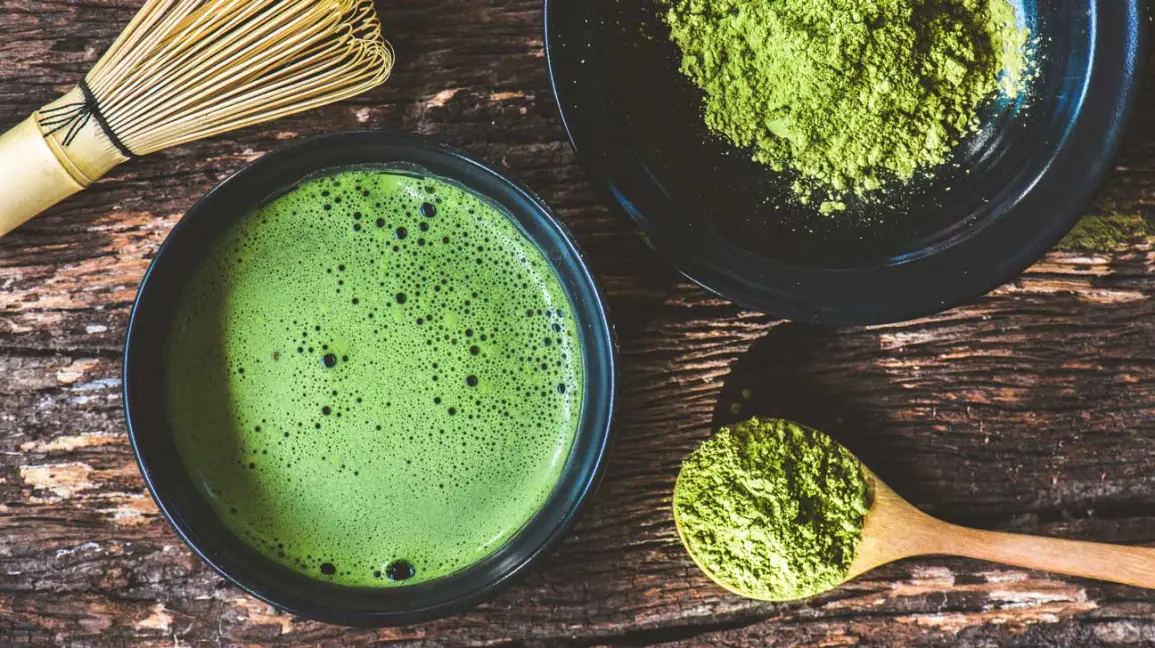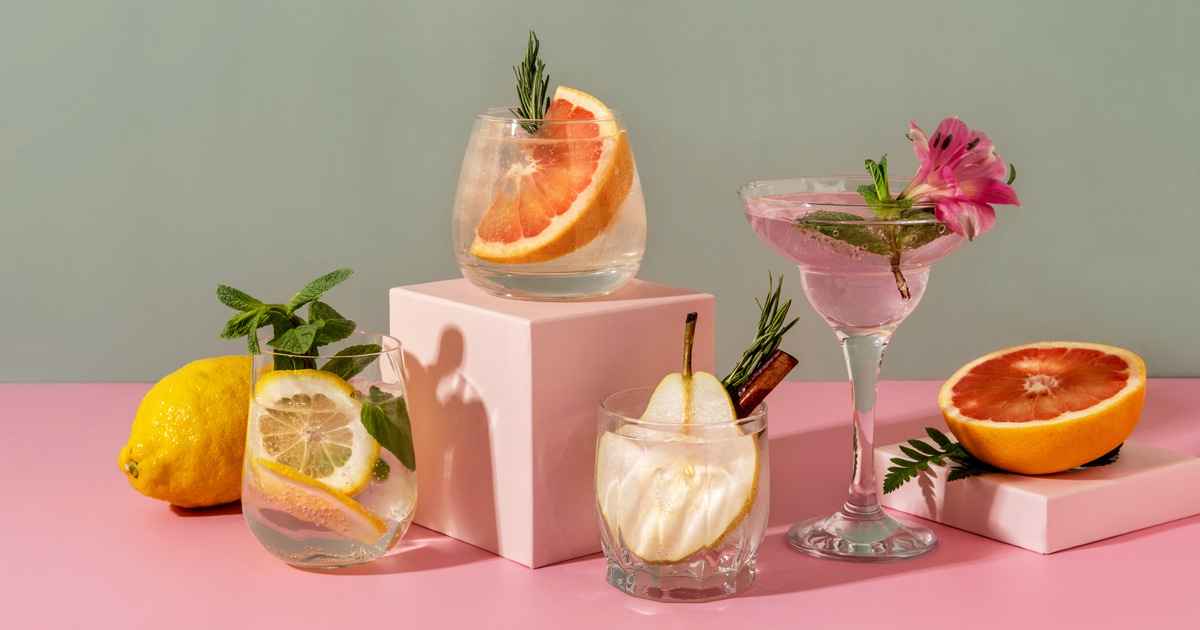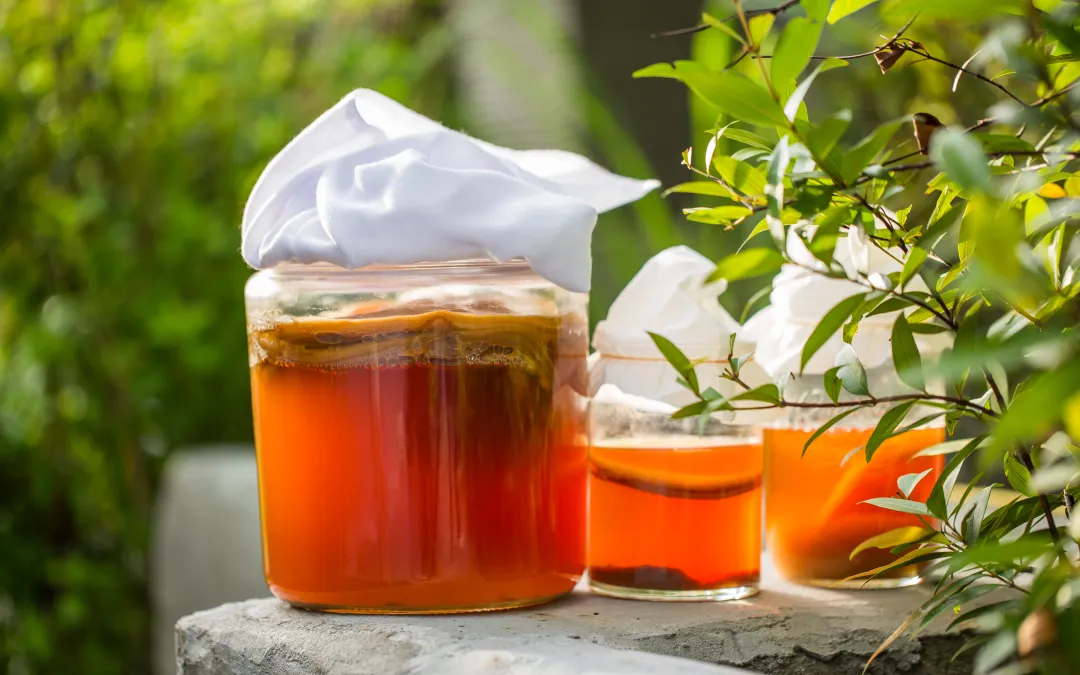When comparing matcha to regular green tea, it’s not just taste or color that makes matcha stand out—it’s how it’s grown, processed, and consumed. Matcha is made from shade-grown tea plants whose leaves are preserved whole, harvested, steamed, dried, and stone-ground into a fine powder. Because you consume the full leaf (not just an infusion or steeped liquid), you ingest significantly higher levels of antioxidants, polyphenols like EGCG, chlorophyll, and amino acids such as L-theanine. Harvard Health and Healthline articles both confirm matcha offers more potent antioxidant and heart-health benefits than typical green tea.
One of matcha’s most interesting effects is how it combines energy and calmness—an attribute driven by caffeine + L-theanine working together. While caffeine gives matcha its alertness boost, L-theanine slows absorption slightly and promotes relaxation without drowsiness. You get more sustained focus, less of the “crash” feeling you might get from coffee. Studies show this combo can improve memory, attention, and reduce stress, when consumed regularly but in moderation.
That said, matcha isn’t without cautions. Because it’s so concentrated, overconsumption can strain the liver, increase caffeine-related side effects (insomnia, jitteriness), and interfere with iron absorption due to tannins. Experts recommend drinking only 1-2 grams (≈1-2 teaspoons) a day, avoiding matcha close to iron-rich meals, choosing high quality or organic sources, and consulting a health professional if you have pre-existing risks.


